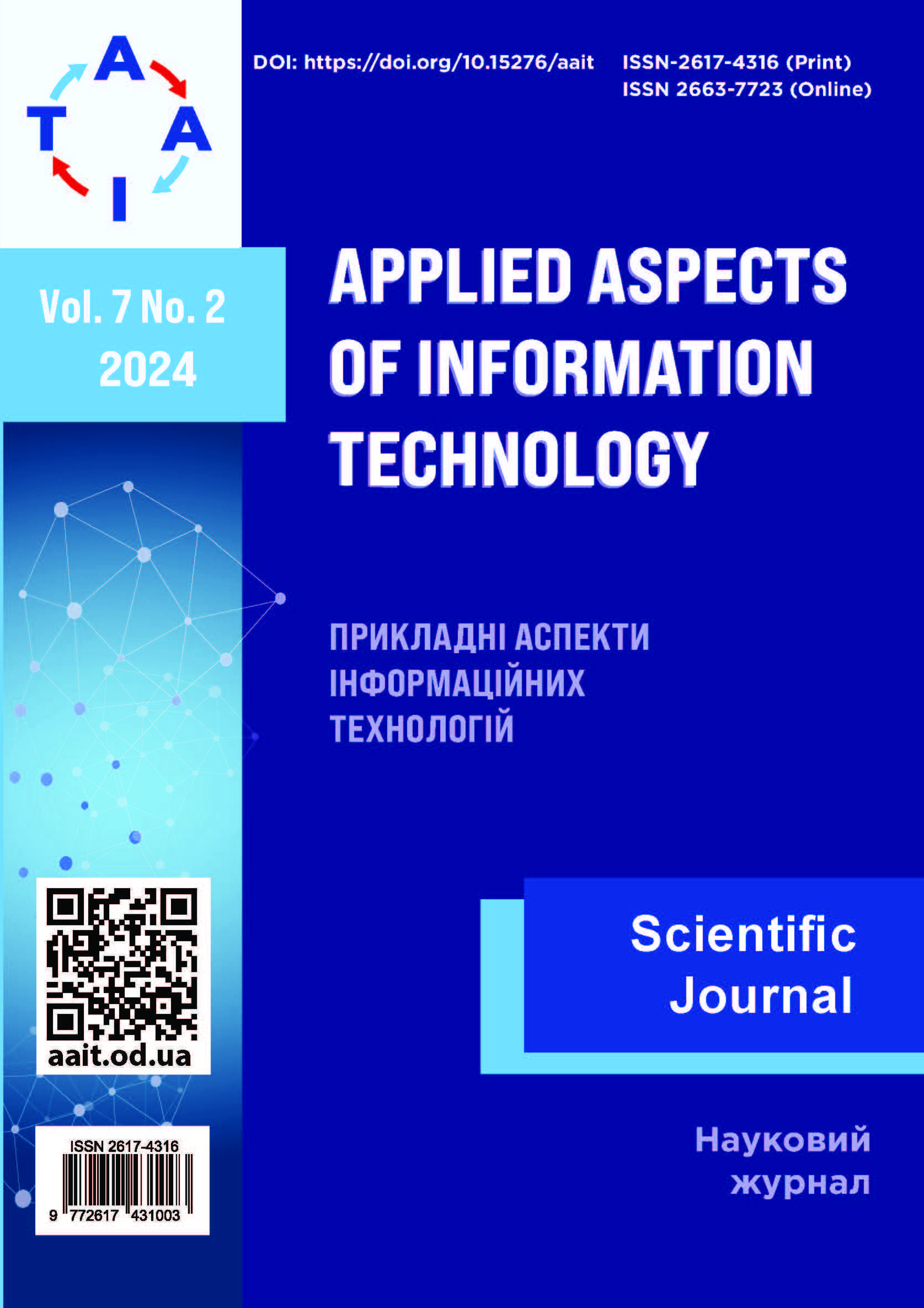A model and method for enhancing the efficiency of processing operation queues at maximum server equipment load
DOI:
https://doi.org/10.15276/aait.07.2024.9Keywords:
Load management, operation queues, digital infrastructure, data processing, parallelism, resource optimization, equipment load forecasting, processing efficiency, operation distribution methods, system performance, minimization of processing timeAbstract
Existing solutions aimed at preventing excessive parallelization, reducing processing times, and forecasting load accuracy in operation queues were analyzed. Subsequently, a new model and method designed to enhance the efficiency of processing operation queues, particularly when operating at maximum server equipment load, were evaluated against traditional methods. These methods, including sequential execution, maximal, and constrained parallelism, were assessed. The new method uses two strategies: ‘first-in, first-out’, useful because parallelism does not guarantee sequential order of results, and maximizing equipment utilization for optimal performance. Utilizing the new adaptive monitoring model based on linear regression, the new method achieves operation execution times comparable to sequential execution and total execution times similar to those achieved with constrained parallelism. Constrained parallelism, although it reduces resource conflicts compared to maximal parallelism, still increases the processing time of each operation, emphasizing the importance of balancing the number of parallel operations with the available system resources. We estimated the complexity of the new model using asymptotic complexity and analyzed it with multi-server queueing models under conditions of both limited and unlimited parallelism. Two series of experiments were carried out for the comparative analysis of a new method for managing loads in operation queues versus traditional approaches. Additionally, the potential for resource flexibility in load management within digital infrastructures is highlighted.










